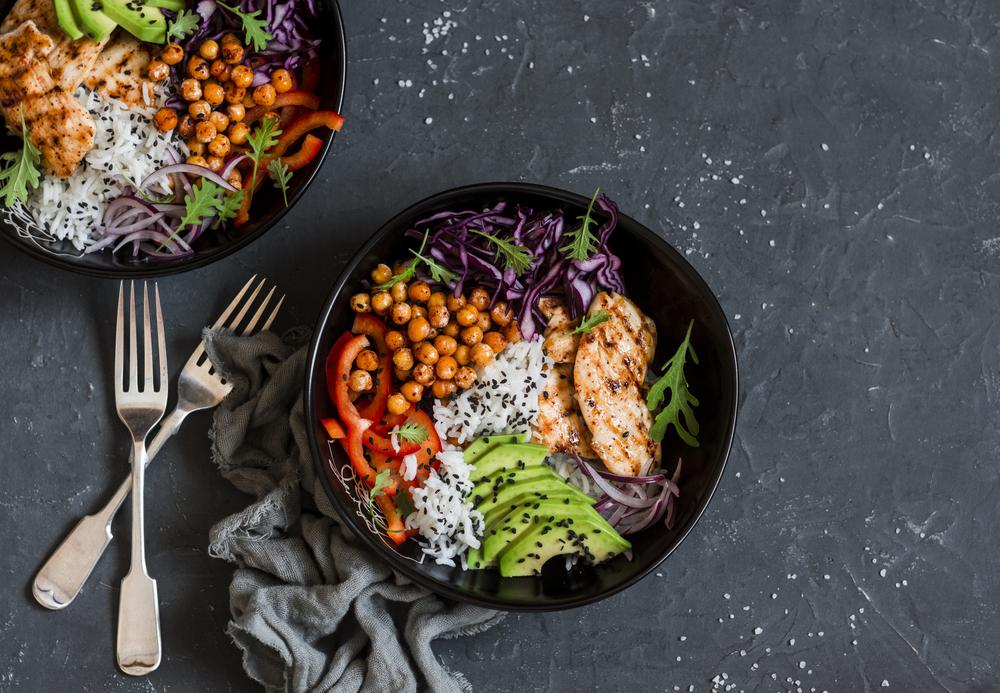
6 foods to eat to tackle iron deficiency
One of the most common causes of nutritional deficiency is iron deficiency. In children, iron deficiency can lead to anemia and cognitive delays. Women are more prone to iron deficiency than men. The best way to prevent iron deficiency is to add more dietary iron in meals.
There are two types of dietary iron: non-heme and heme. Heme iron is derived from meat sources. This is easily and better absorbed than non-heme iron, which is derived from vegetarian sources, including legumes and lentils. This is why vegetarians have almost 2 times more recommended dietary allowance for iron than non-vegetarians.
Read on to know more about some of the richest sources of dietary iron to prevent and manage iron deficiency.
- Organ meat : Organ meat is a high source of heme iron. It can easily meet the daily dietary requirement of iron. Beef liver contains 5 milligrams of iron in every 3 ounces, while red meat has 2-3 milligrams of iron per 3 ounces. Dark meat turkey has 2 milligrams in every 3 ounces, and pork gives 0.5 to 1 milligram of iron per 3 ounces. Additionally, pork liver and giblets are rich in iron. Lean beef and chicken can also be also be added to the diet of someone with iron deficiency. However, pregnant women should avoid liver as it is very high in Vitamin A, which is associated with birth defects. Also, liver and red meat are high in cholesterol, so these should be taken in moderation.
- Fortified cereals : Many kinds of breakfast cereals often meet nearly 90 to 100 percent of the dietary requirements of a person. Fortified cereals can be a great addition to breakfast for those with an iron deficiency. Along with iron, these cereals are also loaded with other essential nutrients such as calcium, B vitamins, zinc, and fiber. To get all the benefits of fortified cereals, avoid the ones with sugar. One cup of sugar-free fortified cereal can provide 17.95 milligrams of iron.
- Seafood : Oysters, clams, shrimp, and mussels can also be smart food choices when it comes to dealing with iron deficiency. These are called bivalve mollusks that are loaded with other essential nutrients as well, such as vitamin B12 and zinc. Adding five medium oysters to a meal can give about 3 milligrams of iron. Adding fin fishes such as tuna, salmon, and haddock to the diet can also help with iron deficiency. However, these are not very rich sources of iron.
- Chickpeas : This is one of the richest sources of iron for vegetarians. One cup of chickpeas gives 5 milligrams of iron, along with proteins. It can be added to salads, salsas, and pasta. It can be pureed to make hummus too. You can also add a little bit of lemon juice, which will provide Vitamin C for easy absorption of iron from the chickpeas.
- Soybeans : This legume is known for its rich protein source. Additionally, it is a rich source of iron. A cup of soybeans can give 4 milligrams of iron. Moreover, it is rich in copper, which keeps the immune system and blood vessels healthy. Soybeans can be had as they are. Just soak them for a while, let them dry, sprinkle some sea salt, and have a hearty healthy snack. Soybeans can be added to stir fries and dips. They can be added to salads and pasta dishes as well.
- Spinach : This green leafy vegetable is one of the most well-known sources of iron, along with other essential nutrients such as folic acid, fiber, calcium, protein, vitamin A, and vitamin K. Spinach is a source of nonheme iron. People with iron efficiency can add cooked as well as raw spinach to their diet. However, it is easier for the body to absorb the nutrients present in cooked spinach. A cup of cooked or boiled spinach gives nearly 6 milligrams of iron. Add it to salads with lemon juice, and there is a powerhouse of iron and vitamin C, which helps in the absorption of iron. Sautéed spinach can be added to vegetable lasagna, fritters, and mini frittatas.


